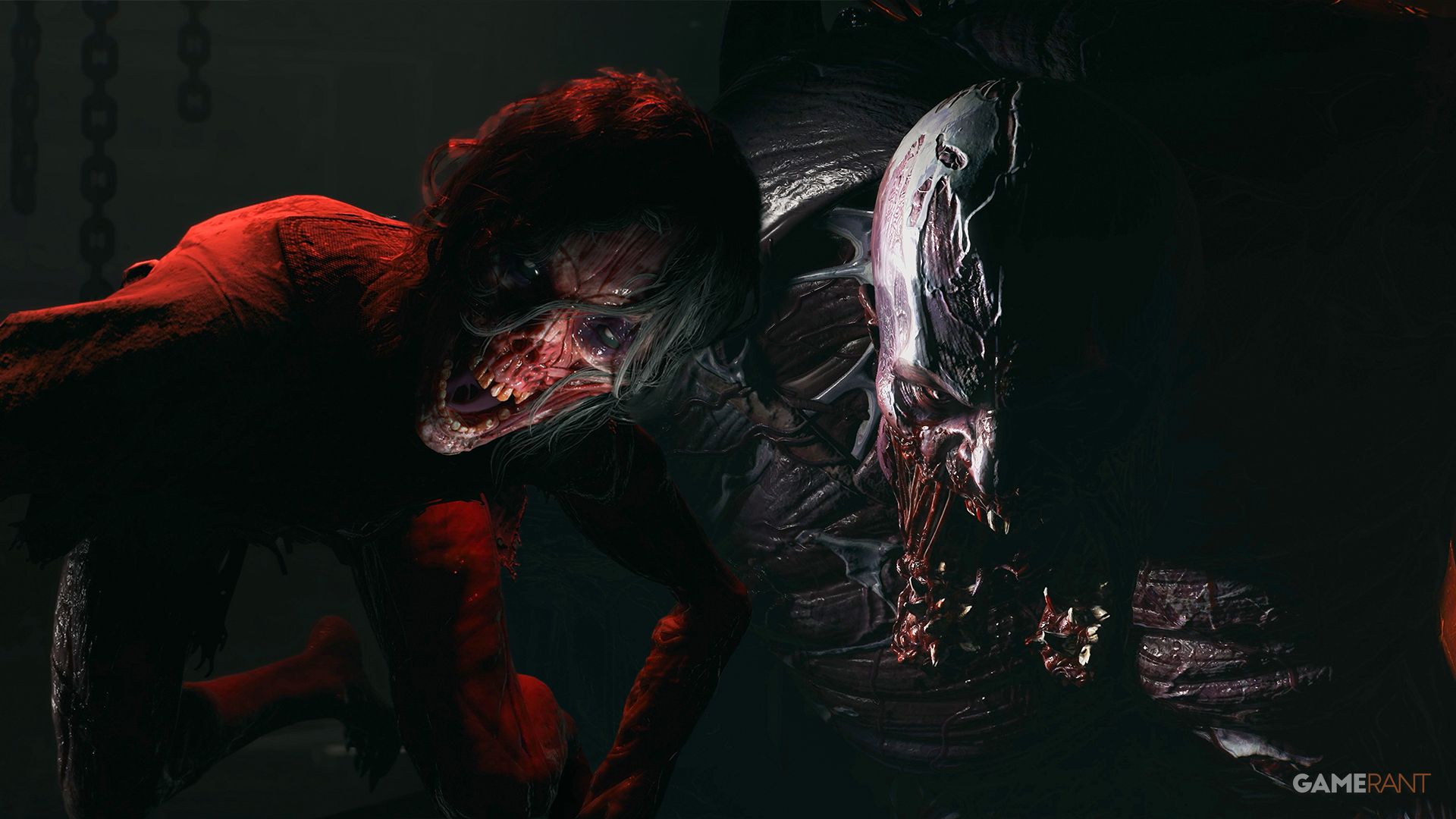As the series’ name implies, the most iconic element of any Dying Light game is its nighttime experience. When the sun goes down, not only is it far more difficult for players to see what’s in front of them, but even more dangerous infected called Volatiles roam the world that will chase players down if they are spotted. Dying Light: The Beast keeps that tradition alive with one of the most terrifying nighttime experiences yet for the franchise, thanks to its improved visuals, attention to detail, superb audio design, and heightened risk. However, in the latest Dying Light game, darkness isn’t the only reason to fear the night.
Dying Light: The Beast is a unique entry for the series, as it departs from the usual urban environments of previous installments and puts players in the middle of the vast wilderness of Castor Woods. There is still plenty of urban density for players to parkour around, but a large portion of the map is devoted to a far more open environment than the series has ever seen before. In fact, this is precisely what makes Dying Light: The Beast‘s iteration of the series’ iconic nighttime experience so frightening. Sure, players are still encouraged to avoid being detected by ferocious Volatiles, but it is Castor Woods itself that truly makes the dark more unbearable than it has ever been.
Dying Light: The Beast's Open World Makes Nightfall Truly Terrifying
Nowhere to Hide in the Open
Dying Light: The Beast doesn’t wholly forego the density of previous Dying Light open worlds, but it is less prominent this time due to the game’s setting. Rather than featuring an abundance of rooftops useful for parkouring from one point to the next, for example, Castor Woods encourages players to use vehicles when they aren’t moving through the game’s denser urban areas. There are still plenty of parkour opportunities in certain parts of the valley, like climbable mountains and occasional commercial and government buildings, but Dying Light: The Beast‘s setting means there is far more negative space than any of its predecessors have featured.
Because of the sheer openness of Castor Woods, then, attempting to move through the open world at night is more difficult than it has ever been in a Dying Light game. When players venture beyond the urban areas of Castor Woods in the dark, they are left exposed, with the only real hope of safety being Dying Light: The Beast‘s Safe Zones, which can still be difficult to reach at night without triggering a chase sequence. This is where the true terror of the dark is felt — when players have nothing but wide open space surrounding them, all while hungry Volatiles circle them like sharks.
Light as a Risk, Not a Comfort
Of course, players do have a flashlight they can use to light their way in the dark. The only issue is that, while Volatiles have always been able to detect the player’s flashlight in Dying Light, Techland increased their sensory awareness in Dying Light: The Beast, making it doubly hard for players to use their flashlight to navigate the dark. As such, it’s better used in short spurts, along with Survivor Sense, which will briefly highlight environmental objects, Volatiles, and other infected. Even then, moving from one location to another in Castor Woods often leaves players exposed for a considerable amount of time, making using the flashlight even riskier with few safe places to retreat to.
As if the pitch black darkness of night and the threat of roaming Volatiles wasn’t already enough, Dying Light: The Beast had to go and make its nighttime experience even more terrifying with the openness of Castor Woods. Thankfully, the game only forces players to navigate the dark a handful of times in main and side quests, and the opportunities offered by the dark aren’t all that rewarding for the effort they take. Still, Dying Light: The Beast‘s nighttime experience remains the most tense of the series yet, setting a standard moving forward.
